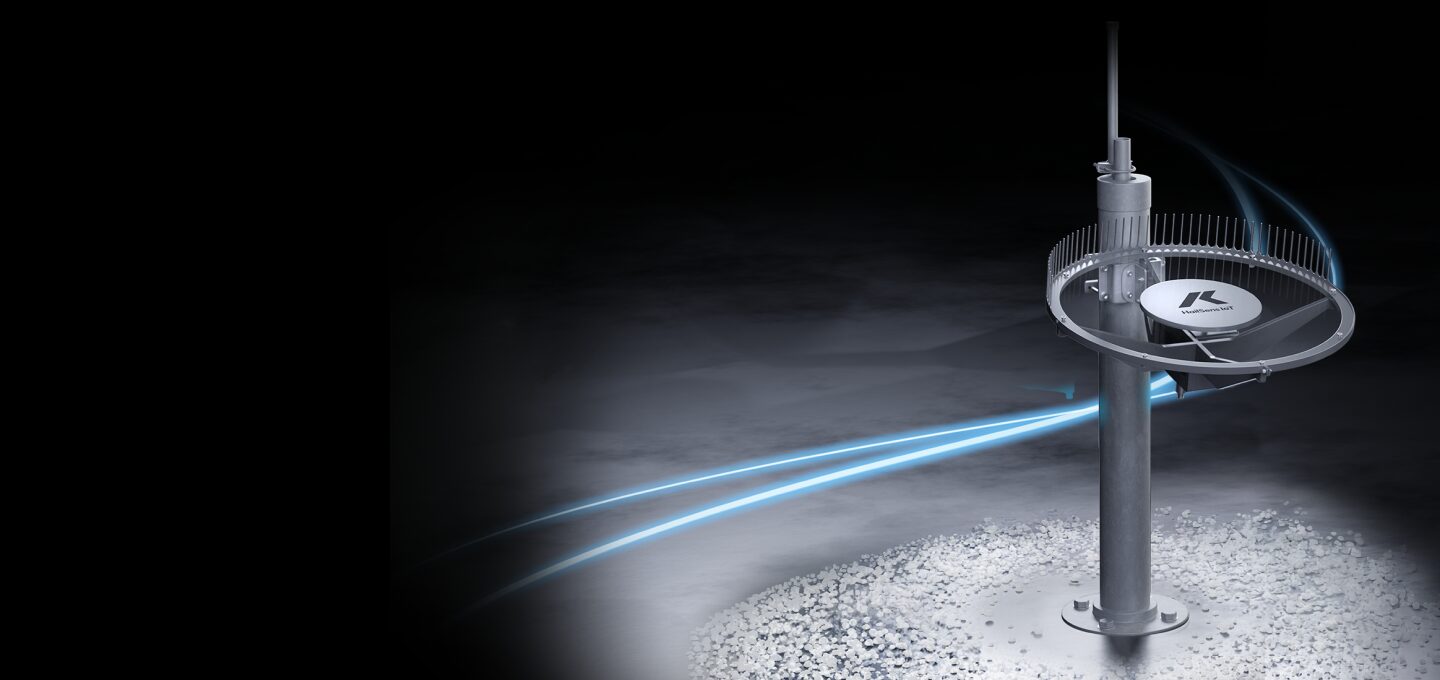Defend against incoming hailstorms.
Welcome to HailSens360. The high-resolution hailstorm forecasting solution from KISTERS. Utilize smart forecasting, alerts and real-time sensing to mitigate against hail damage.
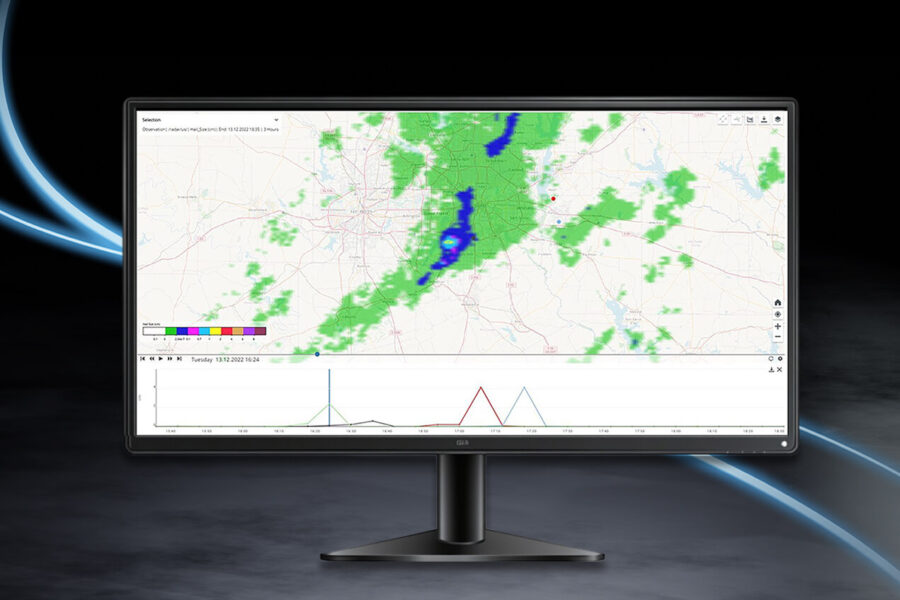
The all-in-one hail monitoring solution.
Our combined cloud & sensor solution gives you unparalleled decision support before, during and after the storm. Plan with extensive hailstorm forecasts. Take defensive measures with nowcast alerts. Record real-time measurements of hailstones. Evaluate the storm with in-depth post-event analytics.
With Hailsens360, you not only know what’s coming but when, where, and the expected impact.
Watch the webinar

Who's it for?
- Solar farm owners
- Insurers and policyholders
- Building managers
- Emergency services
- Meteorologists and data scientists
Protecting your assets.
Hailsens360 will mitigate your hailstorm risk and allow for early preemptive action. After the storm, expedite your insurance claims and improve future strategies.
Let’s stay ahead of severe weather together.
Download the guide
Prepare to act
Forecast.
Know 48 hours before the storm.
With precise weather data from multiple sources, HRRR & NAM forecasts monitor conditions that may result in a potentially severe hail event.
Focus on early warning
Nowcast.
Get automated, customized alerts 60-90 minutes ahead of impact, updated every 6 minutes. Empower stowing, locking & other defense protocols at any time before impact.
Nowcast models take into account VIL density, proprietary nowcast algorithms, and strong hail size / VIL density correlation for highest >90% accuracy.
Document the impact
Observation.
Precisely measure each hailstone in real time. Document size, velocity, distribution and time of impact.
These details are key to prioritizing O&M inspections and expediting claims.
Save time and money
Analysis.
As you restore operations and energy production, view comprehensive data on the hail event.
Compare storm intensity and stone sizes with damage including microcracks. Evaluate and update hail mitigation strategies.
Better understand and anticipate future hailstorms to limit your exposure and right-size insurance coverage.
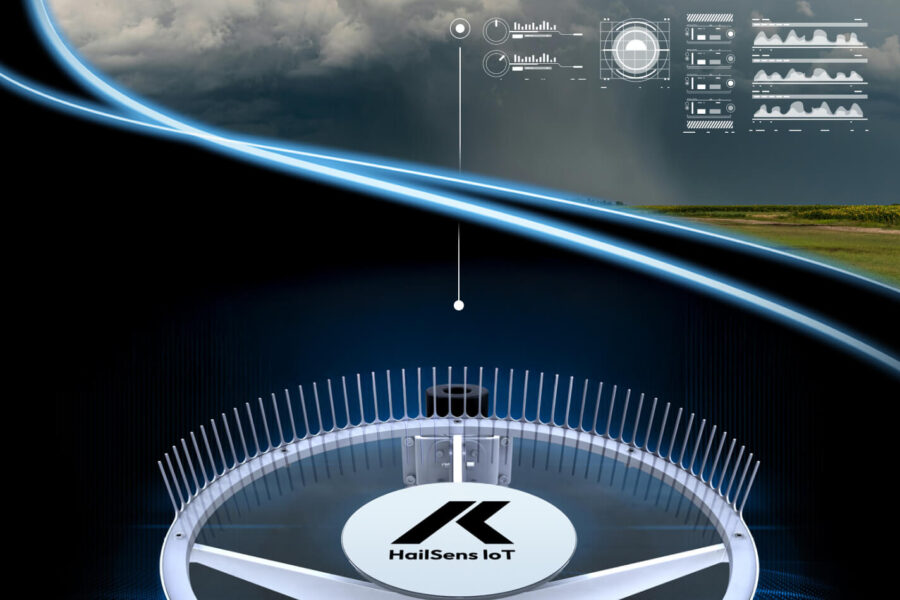
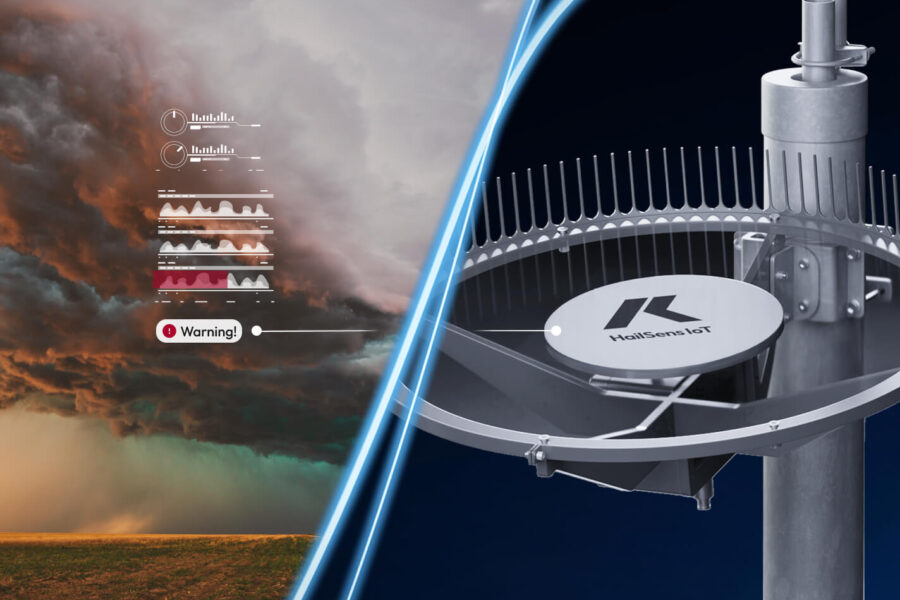
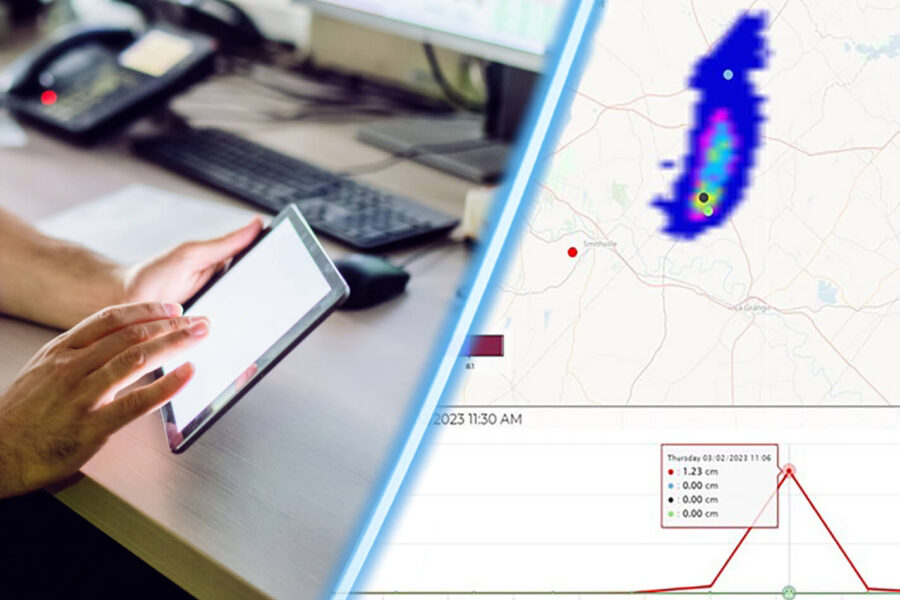
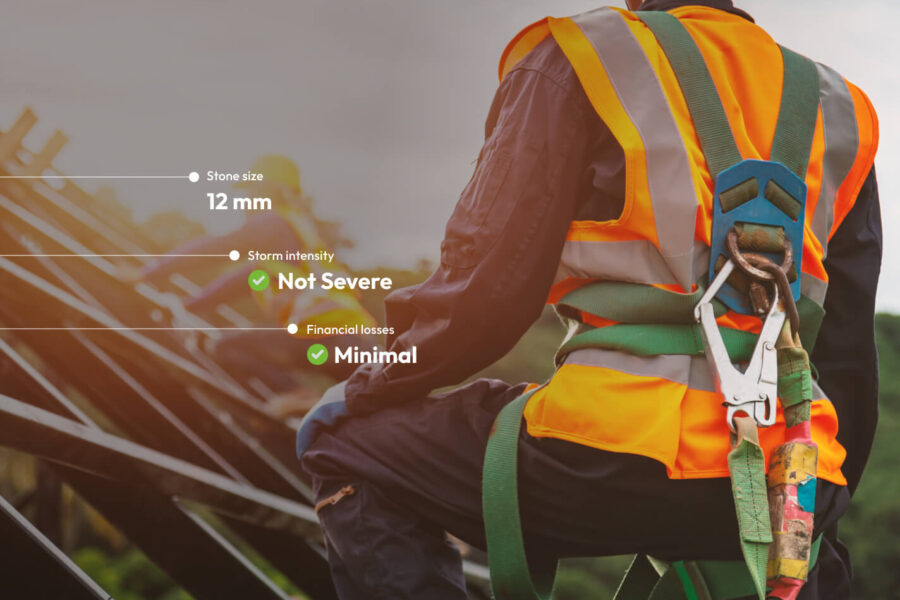
Features in detail.
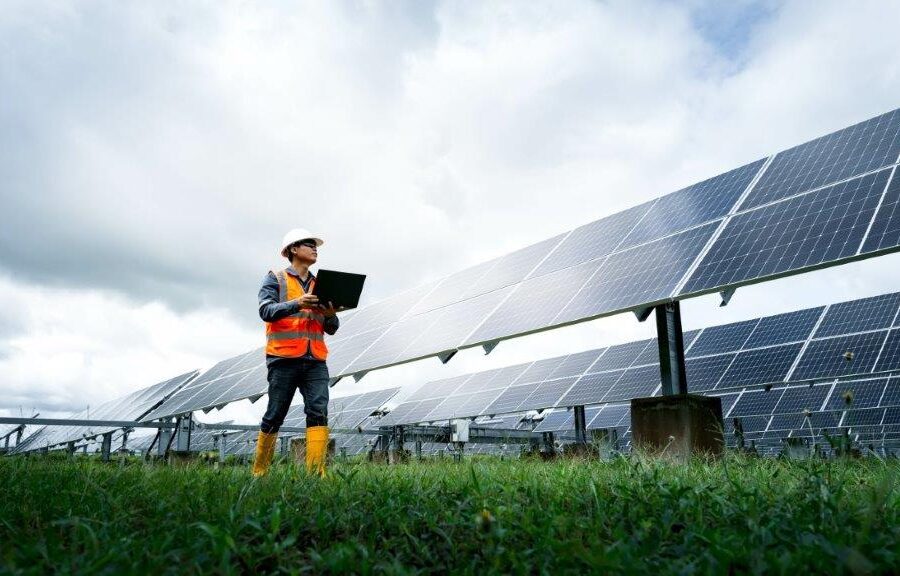
See HailSens360 in action.
In this webinar, Johan Jaques, Sr. Meteorologist and Dave Procyk, Sr. Hardware Engineer discuss new technologies used to mitigate and document hail damage.
This innovative 360-solution allows solar farms to protect their assets, limit their risk, and retain insurance coverage. Learn how HailSens360 helps utility-scale solar farms in the on-demand webinar.
Watch webinar
We want to enable organizations to protect assets from hail damage before a storm... to do that, we built a system that can predict, precisely quantify and validate hail. All that information is displayed in an online dashboard to help operators leverage data-driven decision-making.
Johan Jaques, Chief Meteorologist & HailSens360 solution owner with KISTERS AG
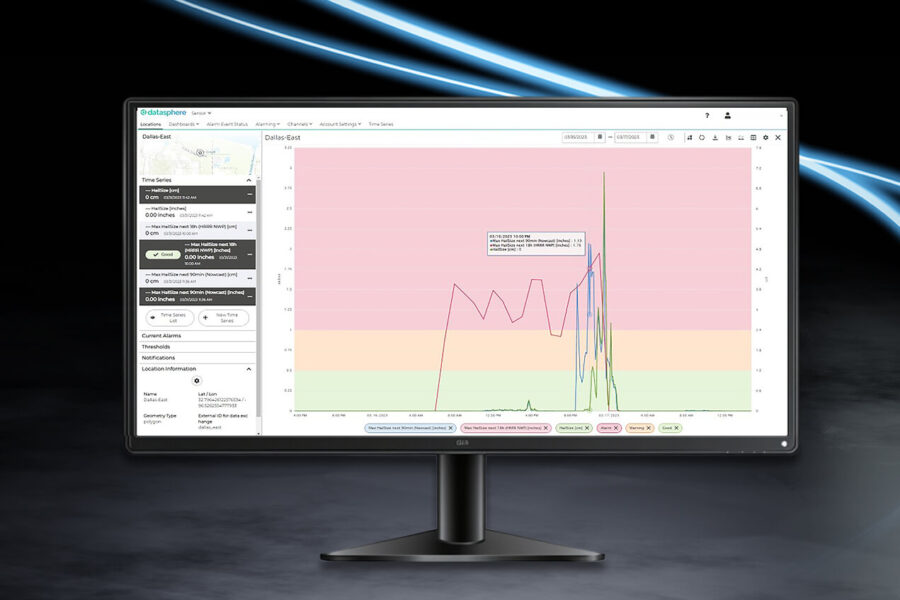
From radar data to hail size.
Potential hail size occurring in convective cells can be estimated from radar data. In HailSens360 we use a volumetric radar parameter, derived from 3D radar data, to derive the maximum hail size.
Read the whitepaper ‘From radar data to hail size’ to find out more about the technology behind HailSens360.
Download white paperFAQs
How does HailSens360 protect my assets?
With 60+ years of expertise, KISTERS has developed technology to detect hail storms with 9x the spatial resolution & 10x the temporal resolution of publicly available models. Get notice of impending storms up to 48 hours in advance. More importantly, automatically send alerts up to 90 minutes before the event, at specific locations, to predetermined individuals, groups, or organizations to take preemptive action. To support swift response to imminent hail storms, we recommend the HailSens Now advanced warning system.
What can HailSens360 do when my project is still under construction?
Owners and operators are investing in hail sensors to document hail events at wind and solar projects already up and running. These sites have the infrastructure to mount sensors, even at every inverter.
However, widespread damage and huge financial losses also occur when projects are still under construction. Without an on-site sensor, HailSens360 records real-time observation hail data to prioritize damage inspection and facilitate productive conversations about insurance after hailstorms.
What is the difference between HailSens IoT and HailSens360?
HailSens360 is a 360-degree hail mitigation solution that combines proprietary (up to 48 hour) forecast, (90-60 minute) nowcast, real-time observation hail sensor data, and archived data to help safeguard assets before, during and after hailstorms. The KISTERS datasphere web application provides data visualization including customizable dashboards and extensive alarming options. The same software facilitates post-event analysis.
HailSens IoT is a sensor to precisely quantify and validate hail impacts in real-time. The robust hail detection system by KISTERS comprises a 19.7 in (50 cm) sensing plate that offers ±10% accuracy and detects hailstones larger than 0.20 in (5 mm). Use data from this in-situ weather monitoring device to identify potential hail damage or to further hail research and forecasting.
We recognize that each organization has unique requirements. Contact us to discuss adapting HailSens360 to your unique needs. Contact us to start the conversation. We want to hear your goals and timeline.
